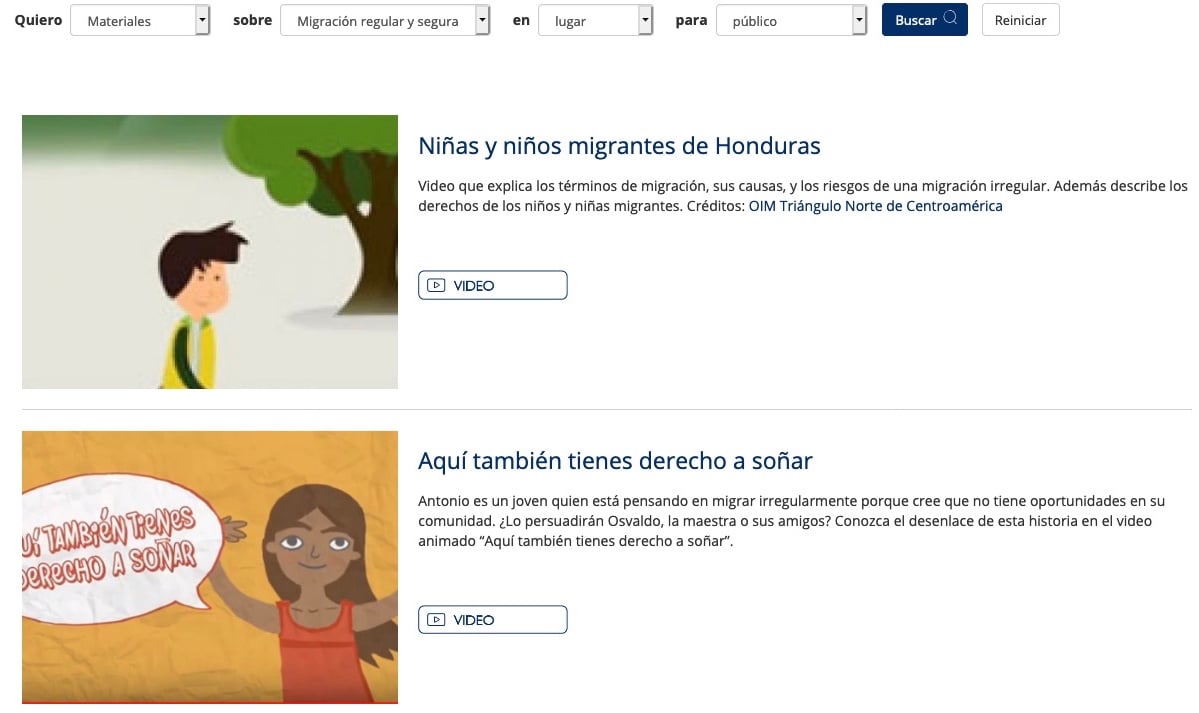Communication for development is a process which aims to produce sustainable behavioral change, in the interest of promoting community development. It is achieved through participative processes, and builds from knowing closely the target audience and the community of interest.
You can execute your own communication for development processes, by setting a clear goal and creating messages devised to reaching that goal. Below, we explain the stages of this process.
1. What do you want to change?
Don’t try to change all at once. Choose one problem and focus on solving it. Changes in attitude and behavior take a long time to happen.

2. Who are you working with?
Choose a target audience and focus on it. Describe it with detail, trying to understand their habits, interests and passions. This will help you create more targeted messages and make sure they will be received.

3. Define your message
And stick to it. Try to reinforce it in every material you create, and repeat the main idea often. Habits won’t change by force of one or two mentions; this is slow work, and you will need perseverance. In the following example, the key message is “Migrate safely”.

4. Choose here messages to communicate with your audience.
Use our search bar to find materials suitable to the message and audience previously chosen.

5. Measure the results
Were your goals met? Could this message reach further? Having a clear look of what you have already achieved will help you define the topics to address in future sessions or campaigns.

Change in complex issues is achieved slowly, by communicating strategically. Follow these five steps and create change in your community, through slow and constant work.
